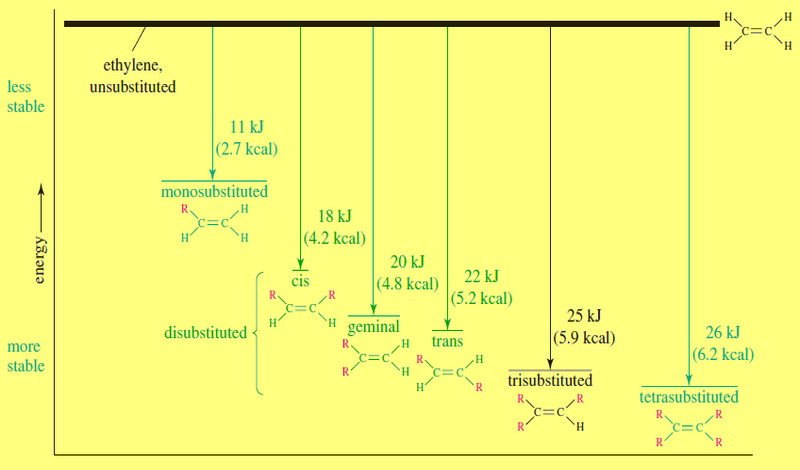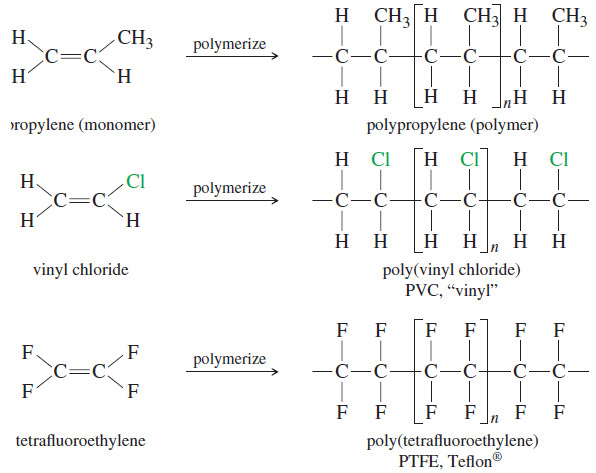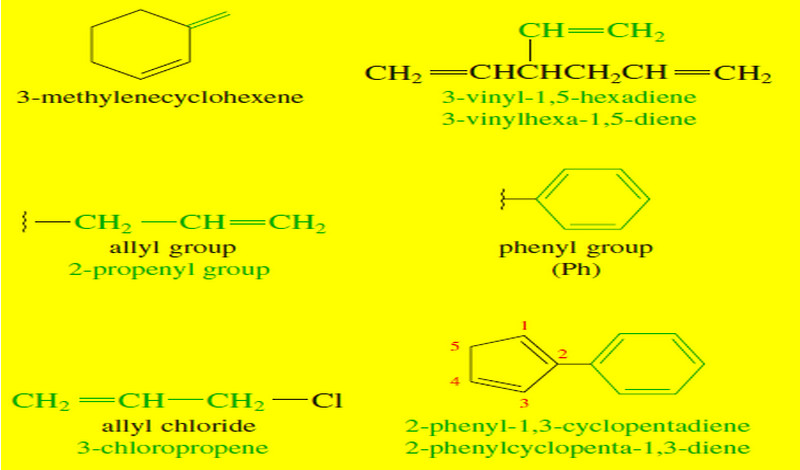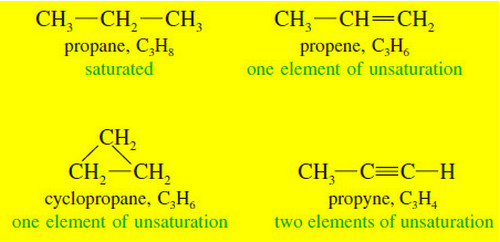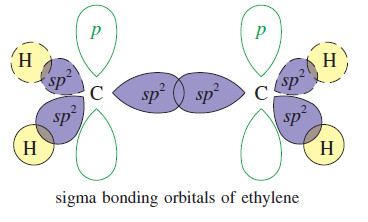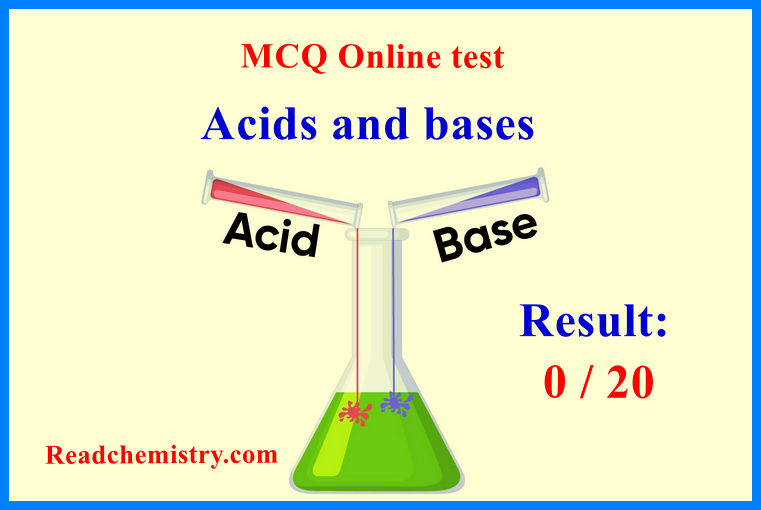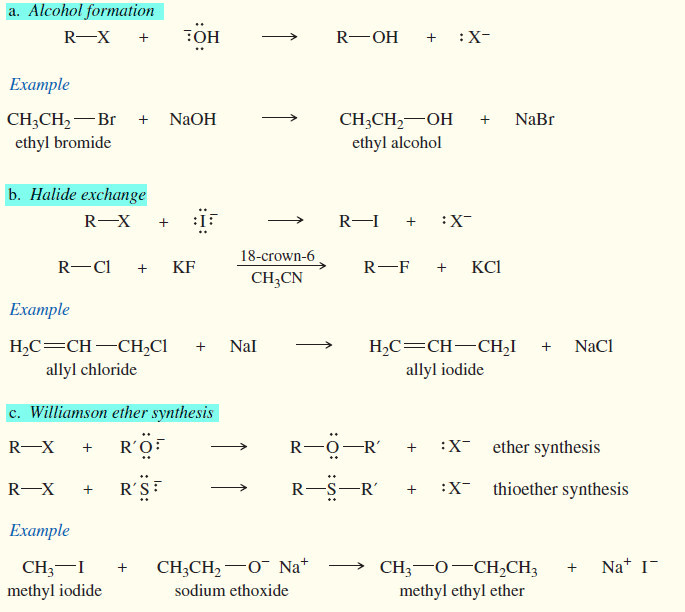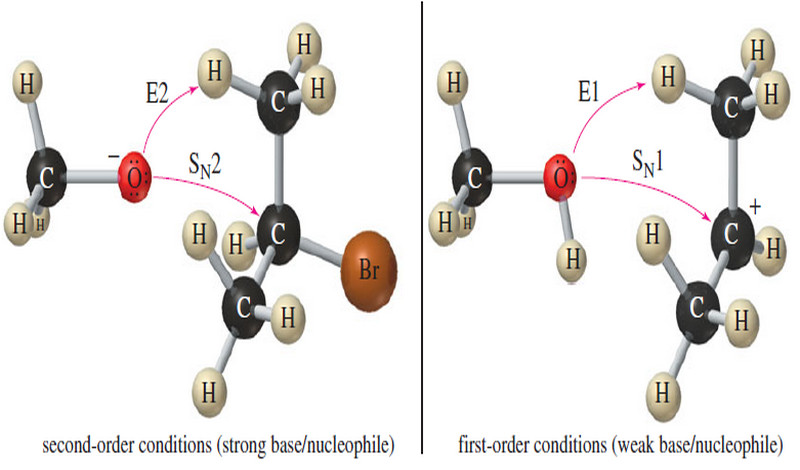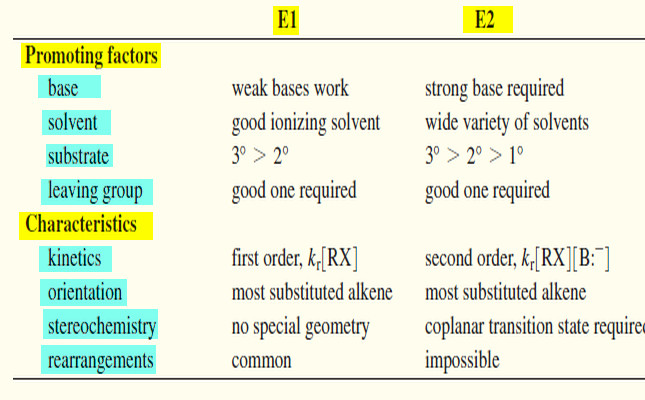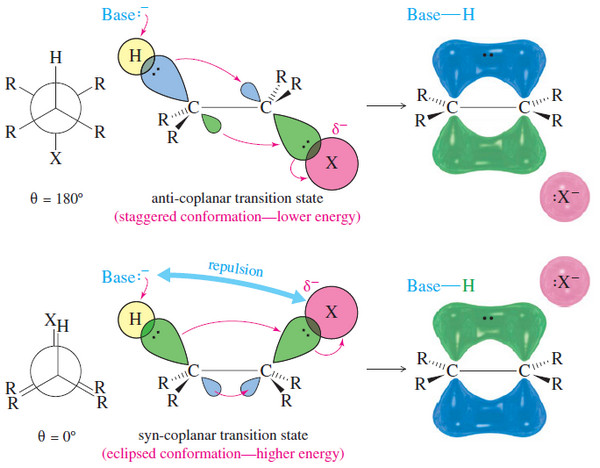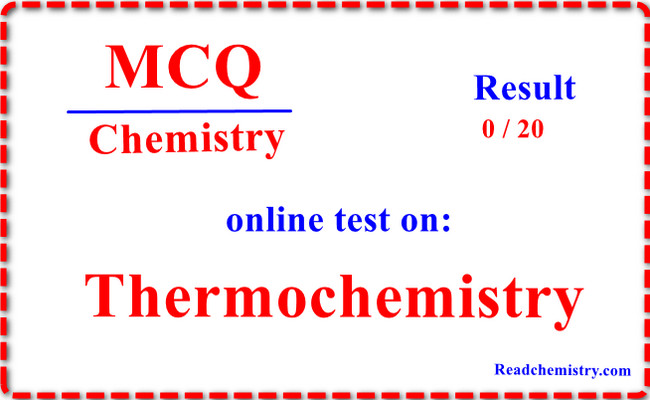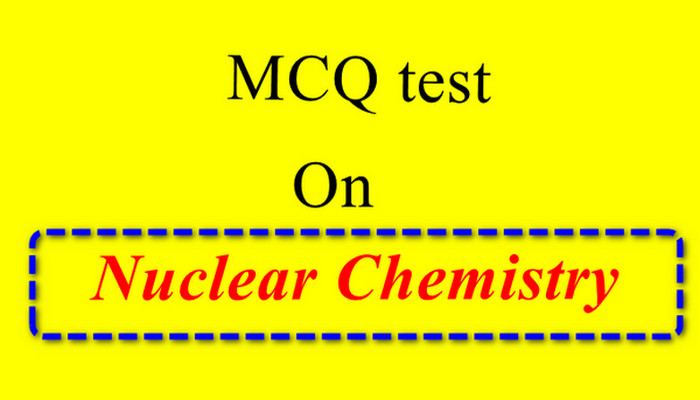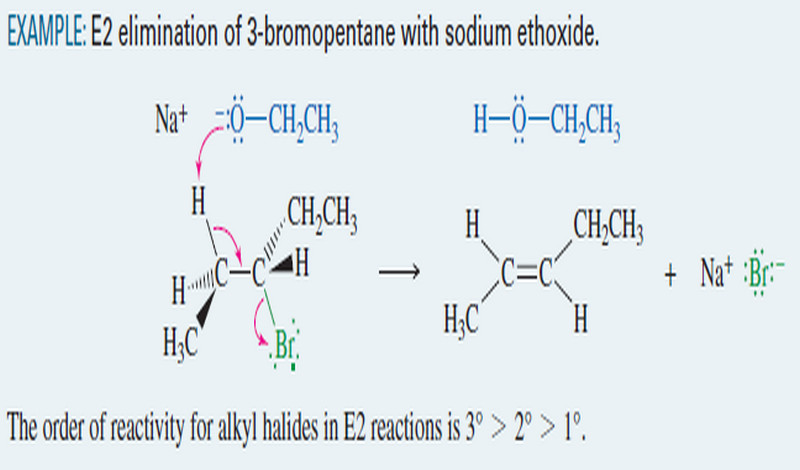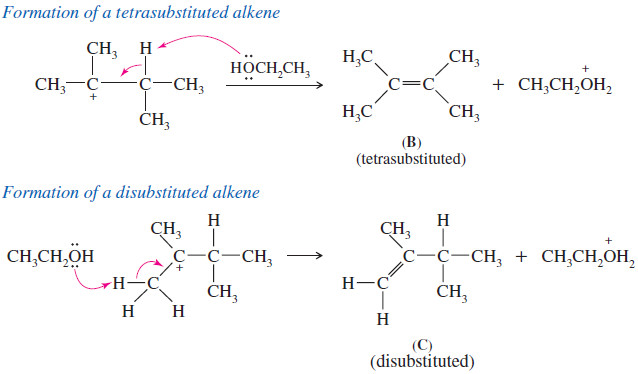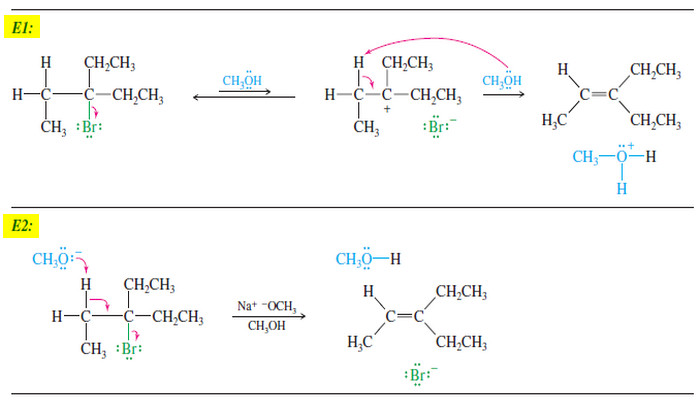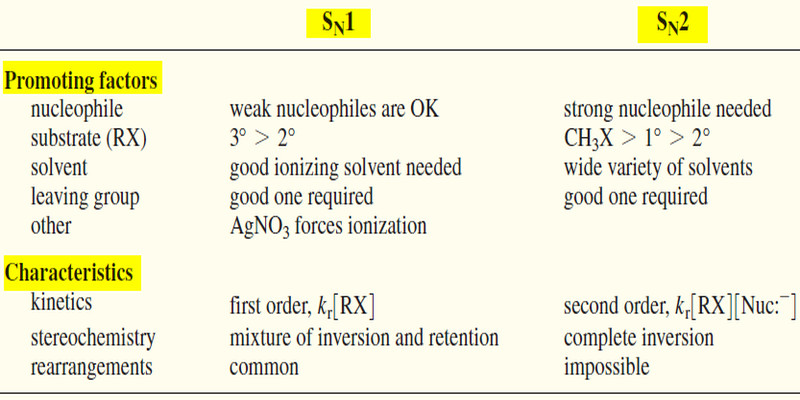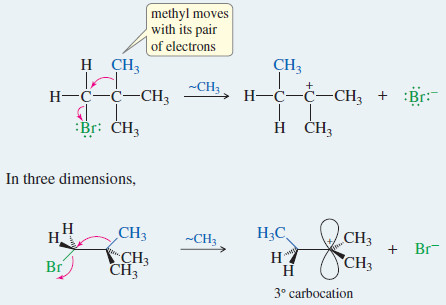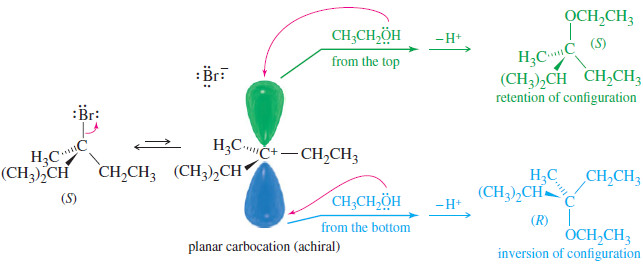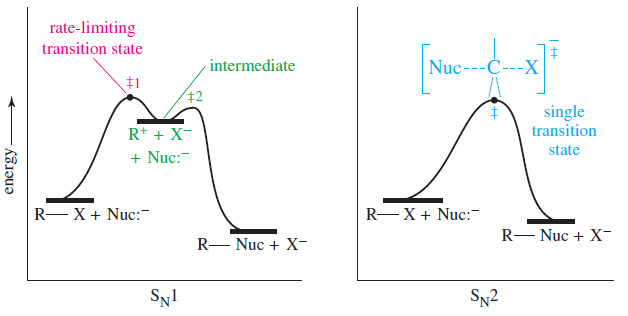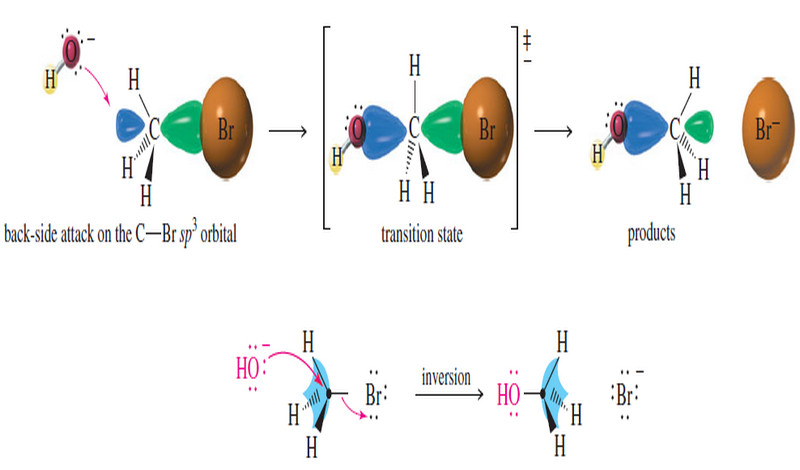-
Organic Chemistry
Stability of Alkenes
Stability of Alkenes – In making alkenes, we often find that the major product is the most stable alkene. –…
Read More » -
Organic Chemistry
Commercial Importance of Alkenes
Commercial Importance of Alkenes – Because the carbon–carbon double bond is readily converted to other functional groups, alkenes are important…
Read More » -
Organic Chemistry
Nomenclature of Alkenes
Nomenclature of Alkenes – Simple alkenes are named much like alkanes, using the root name of the longest chain containing…
Read More » -
Organic Chemistry
Elements of Unsaturation
Elements of Unsaturation (1) Elements of Unsaturation in Hydrocarbons – Alkenes are said to be unsaturated because they are capable…
Read More » -
Organic Chemistry
The Orbital Description of the Alkene Double Bond
The Orbital Description of the Alkene Double Bond – In a Lewis structure, the double bond of an alkene is…
Read More » -
Online MCQ
Acids and Bases – Online MCQ test
Online MCQ test on Acids and Bases – In this topic we offer you, online MCQ test in the fundmental…
Read More » -
Organic Chemistry
Reactions of Alkyl Halides
In this subject we will discuss the Reactions of Alkyl Halides with chemical equations and examples Introduction to Alkyl Halides…
Read More » -
Organic Chemistry
Predicting SN1 SN2 E1 E2 reactions
Predicting the mechanisms: SN1, SN2, E1, E2 reactions – In this subject we will learn how to predict the the…
Read More » -
Organic Chemistry
Comparison of E1 and E2 reactions
Comparison of E1 and E2 Elimination Mechanisms – Let’s summarize the major points to remember about the E1 and E2…
Read More » -
Organic Chemistry
Stereochemistry of the E2 Reaction
Stereochemistry of the E2 Reaction – In this subject Stereochemistry of the E2 Reaction will be discussed – Like the…
Read More » -
Online MCQ
Thermochemistry – online MCQ test
Online MCQ test on Thermochemistry – In this topic we offer you, online MCQ test in the fundmental of Thermochemistry.…
Read More » -
Online MCQ
Nuclear Chemistry – online MCQ test
Online MCQ test in Nuclear Chemistry – In this topic we offer you, online MCQ test in the fundmental of…
Read More » -
Organic Chemistry
E2 Reaction : Second-Order Elimination
Second-Order Elimination: The E2 Reaction – Eliminations can also take place under second-order conditions with a strong base present. –…
Read More » -
Organic Chemistry
Zaitsev’s Rule : Positional Orientation of Elimination
Positional Orientation of Elimination: Zaitsev’s Rule – In this subject , Positional Orientation of Elimination: Zaitsev’s Rule will be discussed…
Read More » -
Organic Chemistry
E1 Reaction : First-Order Elimination
First-Order Elimination : The E1 Reaction – An elimination involves the loss of two atoms or groups from the substrate,…
Read More » -
Organic Chemistry
Comparison of SN1 and SN2 Reactions
Comparison of SN1 and SN2 Reactions Let’s compare what we know about the SN1 and SN2 Reactions and reactions, the…
Read More » -
Organic Chemistry
Rearrangements in the SN1 Reactions
Rearrangements in the SN1 Reactions – Carbocations frequently undergo structural changes, called rearrangements, to form more stable ions. – A…
Read More » -
Organic Chemistry
Stereochemistry of the SN1 Reactions
Stereochemistry of the SN1 Reaction – The SN2 reaction is stereospecific: the nucleophile attacks from the back side of the…
Read More » -
Organic Chemistry
SN1 Reaction – Nucleophilic Substitution reaction
SN1 Reaction: First-Order Nucleophilic Substitution – When tert-butyl bromide is placed in boiling methanol, methyl tert butyl ether can be…
Read More » -
Organic Chemistry
Stereochemistry of the SN2 Reaction
Stereochemistry of the SN2 Reaction – As we have seen, the reaction SN2 requires attack by a nucleophile on the…
Read More »

